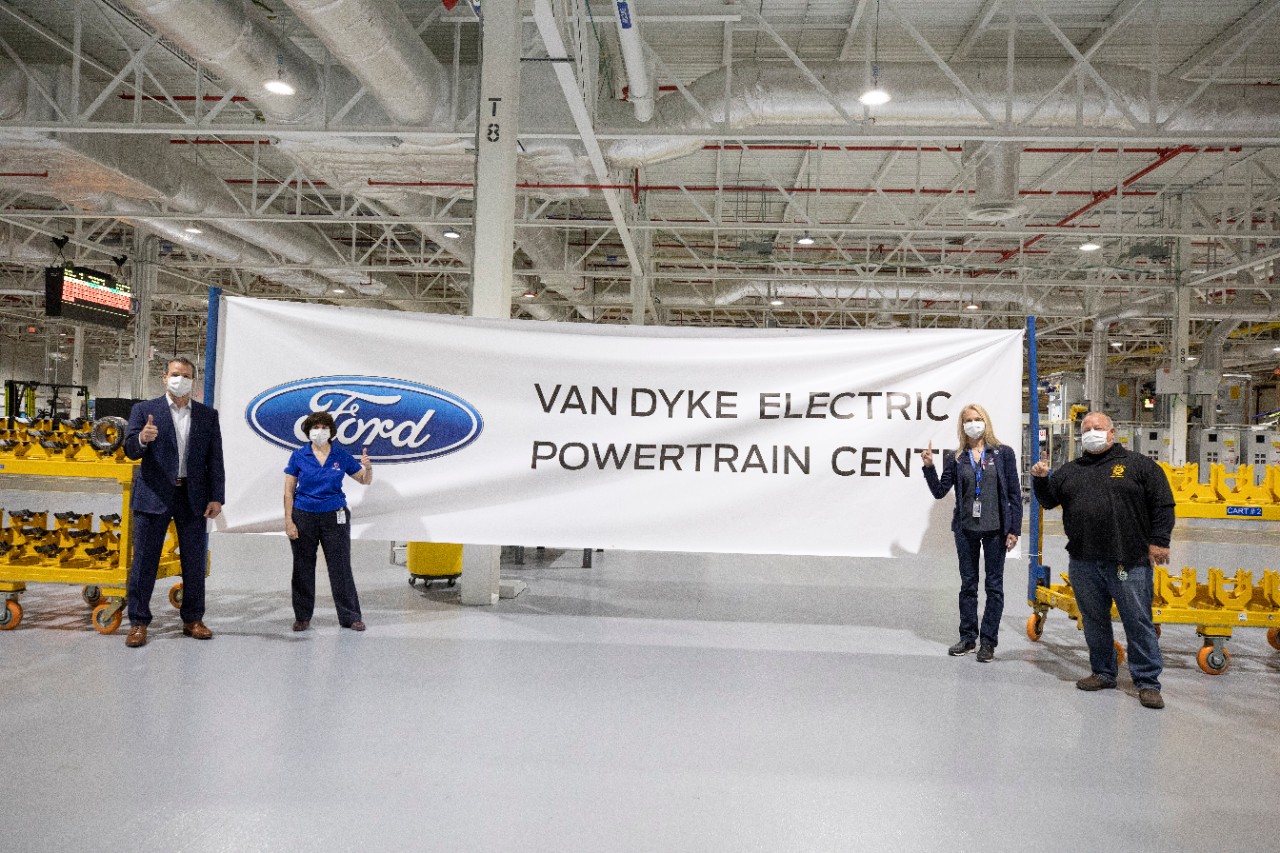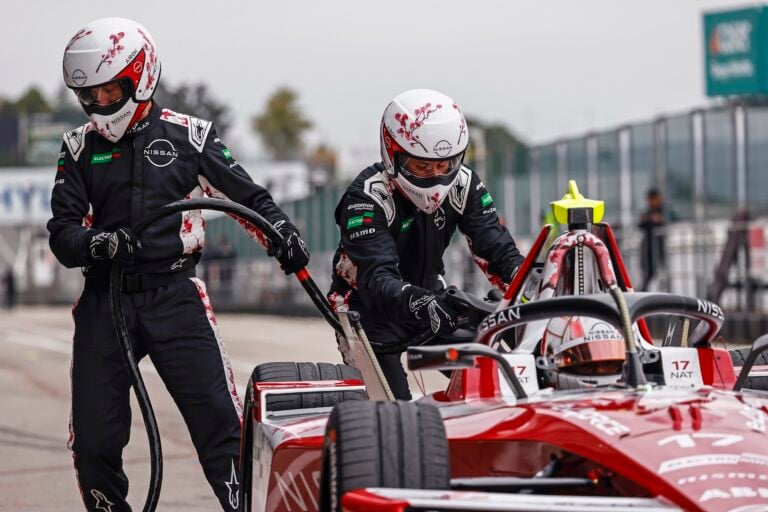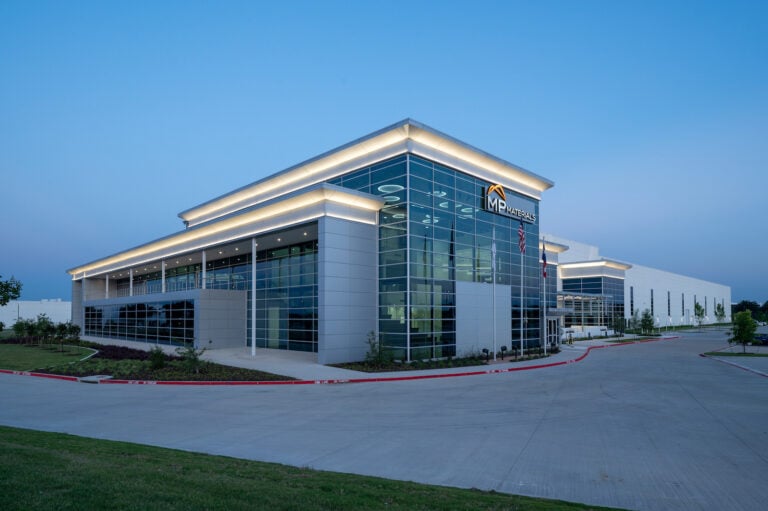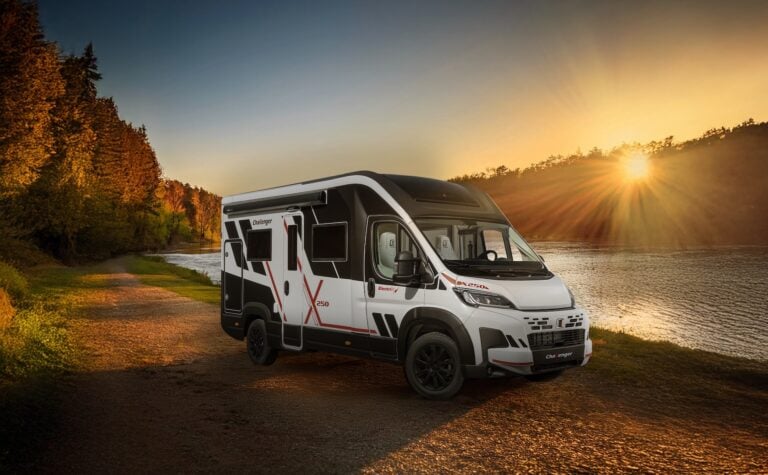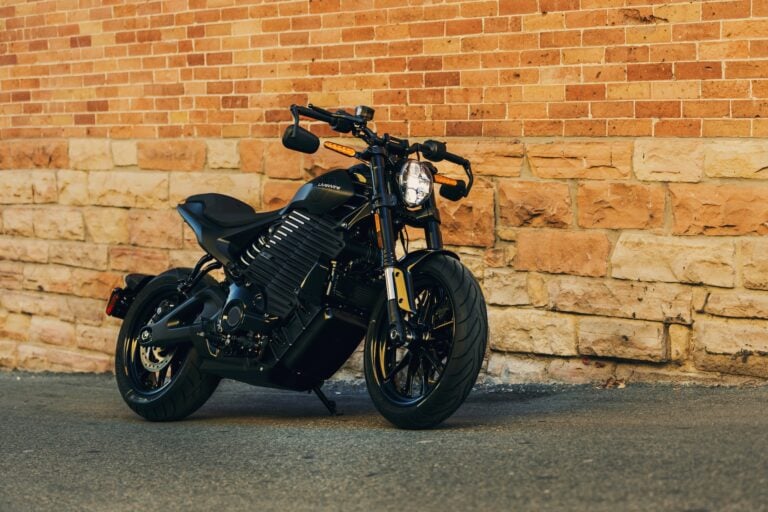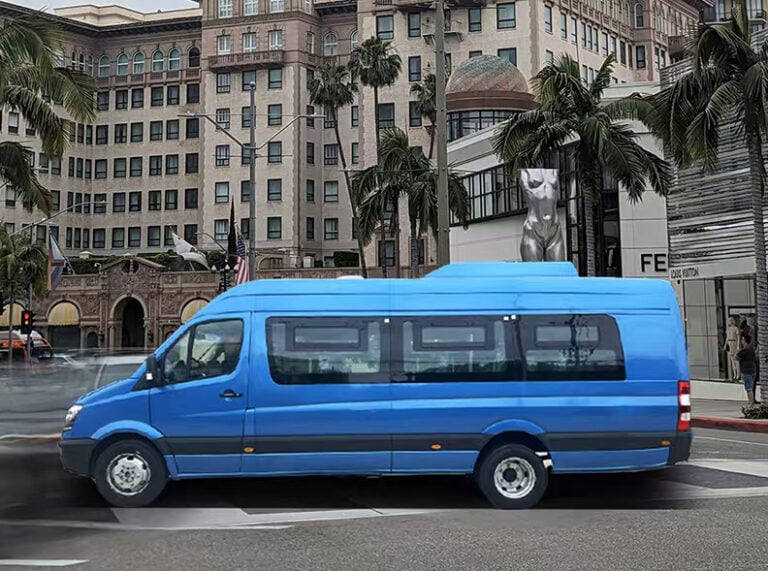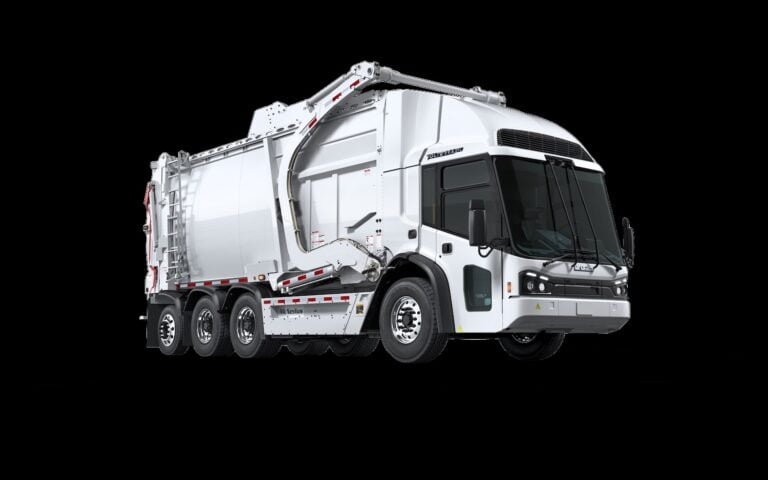Ford renames Van Dyke Transmission Plant to Van Dyke Electric Powertrain Center to reflect the plant’s new role in Ford’s transition to electric vehicles
STERLING HEIGHTS, Mich. — A longtime Michigan powertrain components plant now has a new name and an expanded production line that aligns with Ford’s commitment to an electric future.
The Van Dyke Transmission Plant, in a nod to the advanced technology it will produce, will now be called the Van Dyke Electric Powertrain Center.
For the first time, the plant will produce electric motors and electric transaxles for hybrid and fully electric vehicles, such as the 2022 F-150 Lightning.
For more than 50 years, the Van Dyke Transmission Plant has produced suspension components and traditional transmissions for Ford’s internal combustion engine vehicles. In the past 10 years, the plant added hybrid transmissions to its production mix. Now, the plant is transitioning once again to support Ford’s commitment to electrification.
“The advanced technology we are using at the Van Dyke Electric Powertrain Center is taking us to the next level for Ford’s electric future,” says John Savona, vice president, manufacturing and labor affairs, Ford Motor Company. “The electric transformation we are making now is going to allow us to scale quickly as customer interest grows for our new electric vehicles.”
You Might Also Like: General Motors All-In on EVs: Launches Campaign and Updates Logo to Reflect New Generation
The Van Dyke Electric Powertrain Center is a 2 million square foot facility that sits on 145 acres and employees approximately 1,050 people. Ford recently invested $150 million in the plant for additional tooling, retaining 225 jobs. Currently, the plant produces conventional and hybrid transmissions for vehicles including the Ford Transit, Edge, Escape, EcoSport, Mondeo, Kuga, S-Max, Galaxy and Lincoln Corsair.
The Van Dyke plant started production in 1968 and began making front suspension parts. The plant produced its first transmission in 1993 with a 4-speed automatic transaxle transmission for vehicles such as the Ford Taurus and Windstar. It transitioned to a 6-speed transmission in 2006 for vehicles including the Ford Edge and Explorer and added an 8-speed transmission in 2018 for the Ford Edge.
In 2012, Van Dyke launched Ford’s first front-wheel-drive hybrid transmission. In 2013, Van Dyke became Ford’s first North American zero waste-to-landfill transmission plant.
The electric motor or eMotor is expected to be at full production this summer, with one eMotor to come off the line every 75 seconds. The eMotor features the latest technology in motor design and manufacturing, resulting in a quieter and more efficient motor. The eMotor can go into either a hybrid transmission or it can go into the eTrans for a fully electric vehicle. The electric transmission or eTrans is expected to launch early next year.

